Happy 45th Birthday, Moon!
With the help of the publisher, Shelf Awareness celebrates the 45th anniversary of travel guide book publisher Moon Travel Guides, part of Avalon Travel, an imprint of Hachette Book Group's Perseus Books.
With the help of the publisher, Shelf Awareness celebrates the 45th anniversary of travel guide book publisher Moon Travel Guides, part of Avalon Travel, an imprint of Hachette Book Group's Perseus Books.
 Forty-five years ago, a spark of inspiration aligned with coincidence and lead Bill Dalton, founder of Moon, to create a new kind of guidebook--one that would ignite the independent travel movement. Today, Moon Travel Guides is one of the top travel brands, with 230 guides covering more than 30 countries, and more guides to the U.S. than any other publisher.
Forty-five years ago, a spark of inspiration aligned with coincidence and lead Bill Dalton, founder of Moon, to create a new kind of guidebook--one that would ignite the independent travel movement. Today, Moon Travel Guides is one of the top travel brands, with 230 guides covering more than 30 countries, and more guides to the U.S. than any other publisher.
In 1973, baby boomers were young, curious, and looking for practical travel information beyond the staid Red and Blue guidebook series. Dalton explains how he seized the moment: "I was writing out some travel notes in a youth hostel for some German travelers. A crusty, old New Zealand journalist came up to me: 'You shouldn't just give that information away--you should sell it.' " Dalton copied six pages of notes on an old mimeograph machine in the town library and called it "A Traveler's Notes: Indonesia." With that, all he needed was a place to set up shop. "I heard that there was to be a new age festival at Nimbin--Australia's equivalent of Woodstock--in a week, so I hitched a ride on the back of a motorcycle south to New South Wales. I sold my info sheets on a blanket on the main street next to a vendor of leather goods. I sold all 600 copies in three days. I knew I was onto something."
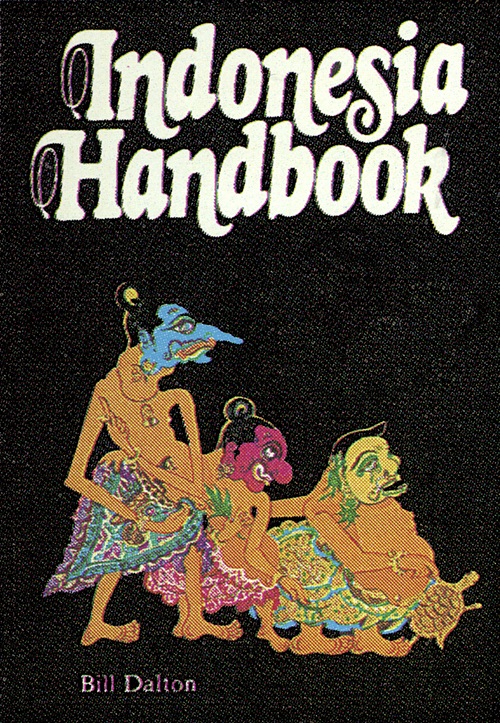 |
|
| Moon's first title. | |
There was something in the air at that moment in time--Lonely Planet was founded the same year, after Tony Wheeler asked Dalton how he got his booklet printed. Later, Dalton published the first edition of Indonesia Handbook, and Moon Publications was born.
In the years since, Moon has evolved to meet the needs of today's travelers. Nearly endless information is accessible through the phone in your pocket, and Moon knows that a guidebook has to be more than comprehensive listings and facts about a place. Travelers are seeking unique experiences that go beyond famous sights and reveal the distinct character of a place. With practical travel strategies, local perspective, cultural context, and a focus on sustainable travel, Moon's mission today is to guide travelers to memorable experiences both near and far.
Head to moon.com to read more about the founding of Moon and the birth of independent travel.
Based in Berkeley, Calif., Moon is published by Avalon Travel. Avalon Travel is an imprint of Perseus Books, a Hachette Book Group company.
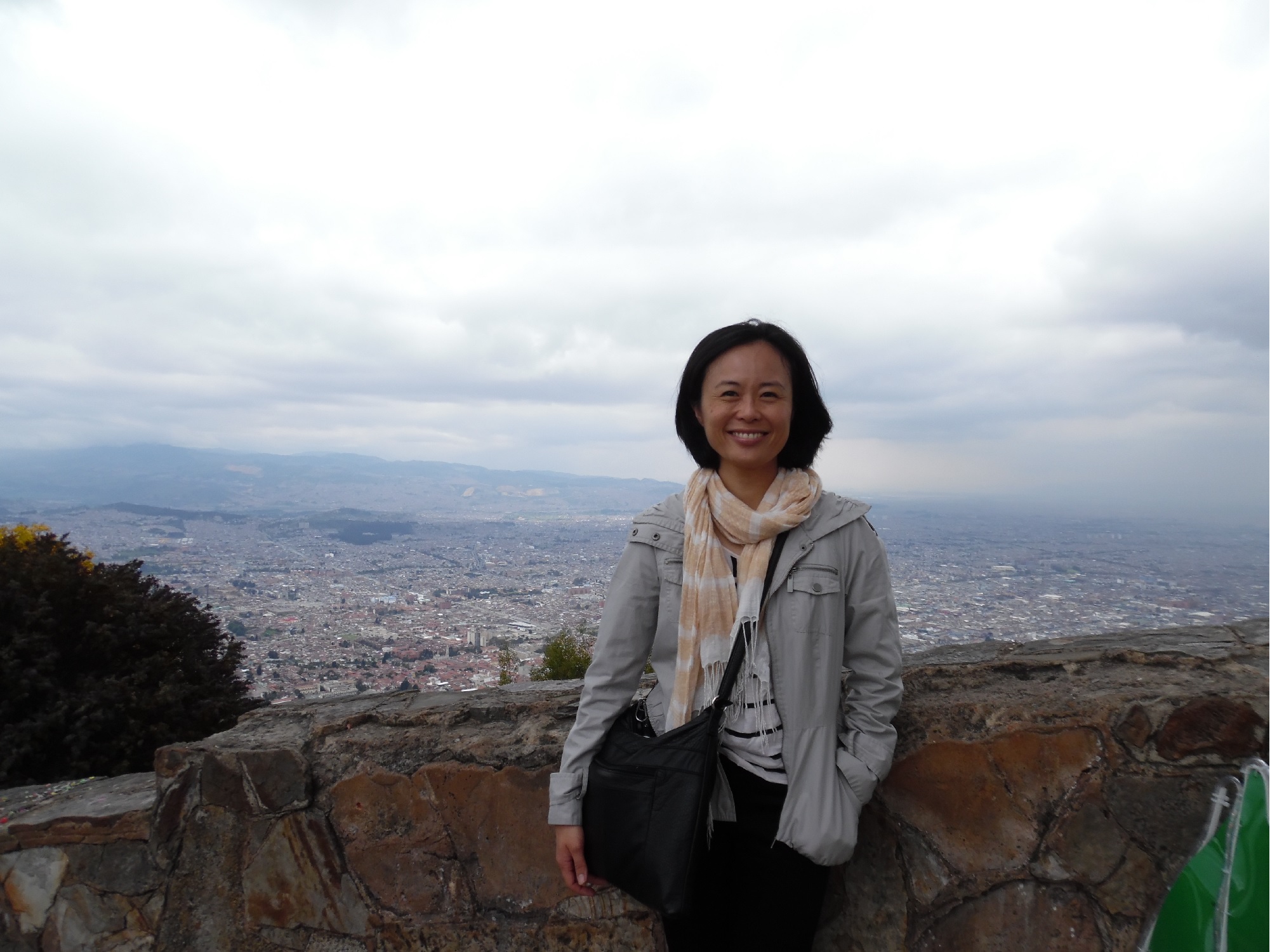 |
|
| Grace Fujimoto | |
Grace Fujimoto, VP of acquisitions at Moon, talks with Shelf Awareness about the company and its history.
What about Moon's 45-year history influences the Moon of today?
I think Moon has always found strength in being where others aren't. The book that started it all, Indonesia Handbook by our founder Bill Dalton, came about because there was gap in information that appealed to traveling hippies and other independent backpackers. These days, a number of our long-term bestsellers are the only books of their kind. Moon Glacier National Park, for example, is the only general-interest guidebook focused specifically on that national park. There are hiking guides and guidebooks that cover the park with other parks like Banff and Jasper, but Moon is the only book you need if you want to concentrate on Glacier. These days, we are, more often than not, publishing books to very competitive destinations, but we are always looking for those gaps where we can contribute something unique.
How has Moon evolved over the years?
Moon started with books to Asia, with the Indonesia Handbook, and David Stanley's legendary guide to the South Pacific was another foundational Moon book. Moon then took its independent backpacker approach to the Americas, with guides to parts of Mexico and various U.S. states, and today Moon is arguably most known for its U.S. coverage. As for the future, who knows? We've started to go back to Asia, with our excellent guides to Angkor Wat and Vietnam, and have even made some inroads with European destinations--the just-released Moon Norway is currently our bestselling international guide.
We've also evolved with the changing tastes and attitudes toward travel. During Moon's early days, backpacking for months after high school or college was practically a rite of passage for a good segment of guidebook buyers. Time, not money, was in abundance, so lots of information and a budget focus were valuable. These days, time is also in short supply for travelers, and more and more travelers want meaningful experiences rather than simply to save money. As a result, Moon books have become more selective so that you don't have to comb through pages and pages of information to find the places that are right for your trip.
I'm also proud that we now have more women authors on our list than ever before. Women always had a presence at Moon, and women wrote some of Moon's milestone books--like Chicki Mallan's Yucatán Peninsula Handbook, published in the late 1980s. But the author pool was long dominated by men, even when I started as an editor in 2000. The balance started to change in the mid-'00s, and now more than half our authors are women.
What has not changed?
If you read about Moon's origins, it's clear that Indonesia Handbook was a labor of love for Bill Dalton. Today Moon guides are still very much author driven and infused with a love of travel and a love of place. Most books are written by one author who lives in the destination, not a team that parachutes in to do research. And each book has a different voice, one that reflects the author and the destination. We encourage authors to include places they like, not just the places everyone has already heard of. Recently I heard an author say that Moon trusts their authors to make choices for what goes in the book. I had never thought of it that way, but we do trust our authors. They are core to our mission.
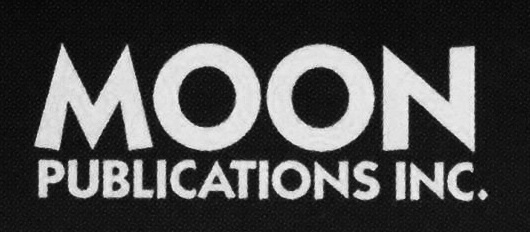 |
|
| An early Moon logo | |
How would you describe Moon today?
The words that I think of when I think of the early days of Moon are independent, hippie, backpacker, comprehensive. There are definitely echoes of those ideas in the way I think of Moon today. I see Moon as making the world bigger and striving to help travelers find those places and experiences that will spark curiosity, open up a new perspective, and perhaps even be life-changing.
In our books, we encourage sustainability, supporting local communities, and diversity. We also place special emphasis on nature and outdoor recreation in our coverage, as a way of appreciating--with an eye to preserving--the environment. For all the inspiration contained in Moon guides, our books are also very practical so that experiences aren't marred or prevented by logistical complications. Ultimately, with our combination of passion, inspiration, and practical advice, we hope that every trip with a Moon guide goes beyond the surface to be transformative in some way, whether big or small.
How have you experienced this?
My own experiences using Moon guides have definitely shaped my life, and none more so than my trip to Colombia. If I'd never worked at Moon, I may never have set foot in Colombia due to its bad publicity and not knowing about its attractions. But pretty much the first time I heard Andrew Dier, the author of Moon Colombia, talk about the country, I wanted to go. The warmth is almost palpable in the descriptions, and the book made traveling there seem accessible and not at all intimidating. That trip introduced me to the magic of coconut-scented rice, of smiling and saying hello (not just when you need something), and of pushing your physical limits. But probably my favorite transformational moment happened on my last day there. I took the book and ventured out to a restaurant outside Cartagena's tourist-friendly Old City. In the restaurant, it was just me and a couple from Chicago. After a while, the woman in the pair invited me to join them at their table, reasoning that she just had to talk to this badass woman walking around by herself in Cartagena. Being on the studious side of life, I am generally not mistaken for being formidable or tough. The lesson here is that, with Moon, you, too, can be a badass traveler.
Why are guidebooks a relevant tool for travelers in the digital age?
Oh, my--where do you even start planning a trip online? The digital tools are great for specific tasks, like booking flights and making reservations, as well as finding very specialized information (need to take your cat to Peru?). On the other hand, guidebooks give you a manageable level of detail and, more importantly, a sense of the big picture. I think the best way to appreciate this is the coverage map, a quintessential feature in almost any guidebook. This map shows what regions of, say, a country are covered in which chapter. In Moon Handbooks, right next to that map are brief descriptions of each region that highlight the main attractions and reasons to go. If a region strikes your fancy, you can flip to that chapter to learn more and read the purposefully selected listings. It's hard to get this easy-to-use combination of big and small, with a traveler-focused logic, in the digital landscape.
However, I don't think print guidebooks and the Internet are mutually exclusive. They are highly complementary, and I think the best trips are the result of using both. Me, I use guidebooks for planning and strategizing--not just before but also during the trip – and digital tools for implementing all the details.
The U.S. is a stunningly diverse place, with an incredible wealth of cultures and landscapes. But the best way to get to know this country is to experience it. Moon's editors have narrowed down the list to select the 15 best experiences in the U.S.:
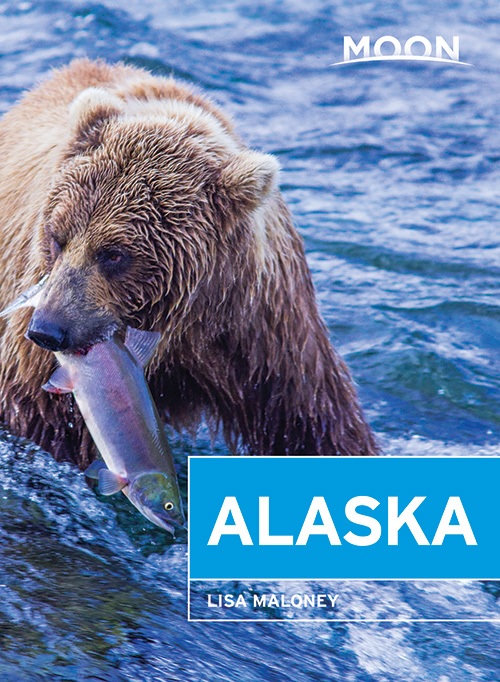 Chase the northern lights in Alaska, where the aurora borealis dances across some of the darkest skies in the United States.
Chase the northern lights in Alaska, where the aurora borealis dances across some of the darkest skies in the United States.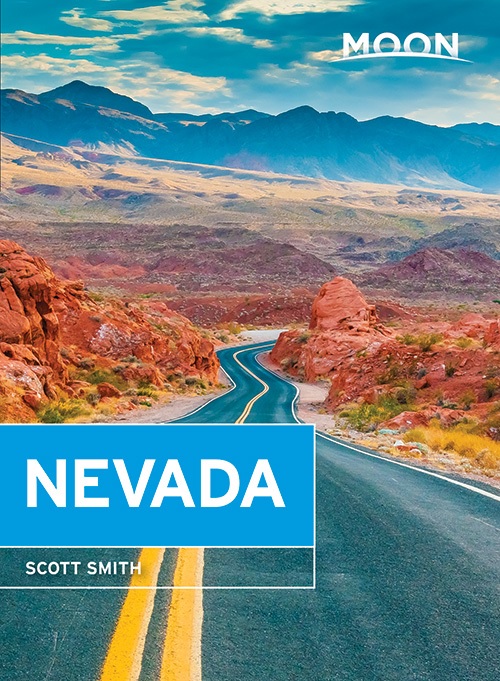 Dive into the spicy, flavorful cuisine of the Southwest in Santa Fe, Taos & Albuquerque, where the food is as creative as the art and as distinctive as the high desert landscape.
Dive into the spicy, flavorful cuisine of the Southwest in Santa Fe, Taos & Albuquerque, where the food is as creative as the art and as distinctive as the high desert landscape. |
|
| Becky Lomax | |
After teaching high school English for many years outside Seattle, Becky Lomax and her husband moved to Montana, where she served as hiking and backpacking guide, worked at a ski resort, and began to write about the outdoors.
Through her writing, she advocates for conserving wild places for their unique attributes and the renewal they bring to humans. She has written about hiking trails, historic lodges, roads, camping, paddling, skiing, bicycling, wildlife, wildflowers, birds, and climate change. For magazine stories, she has tagged along with biologists into the field to radio collar bighorn sheep and grizzly bears-even touching the bear's claws and smelling his fur to discover its earthy scent.
She serves as an editor for OnTheSnow.com and writes frequently for regional newspapers and magazines and has published stories in national travel magazines, Smithsonian, and Backpacker. She is the author of several Moon travel guides, including Moon Glacier Park, Moon Yellowstone & Grand Teton and Moon USA National Parks: The Complete Guide to All 59 Parks.
On your nightstand now:
A tattered paperback book of poems by Gerard Manley Hopkins for its rich descriptions of nature.
Favorite book when you were a child:
Heidi by Johanna Spyri because I just wanted to live in the mountains and herd goats.
Your top five authors:
Jon Krakauer for wilderness and mountaineering tales, J.R.R. Tolkien for fantastical hiking journeys, Jane Austen for women on their own paths, J.K. Rowling for heroic adventures, and Tony Hillerman for mysteries soaked in Native American lore.
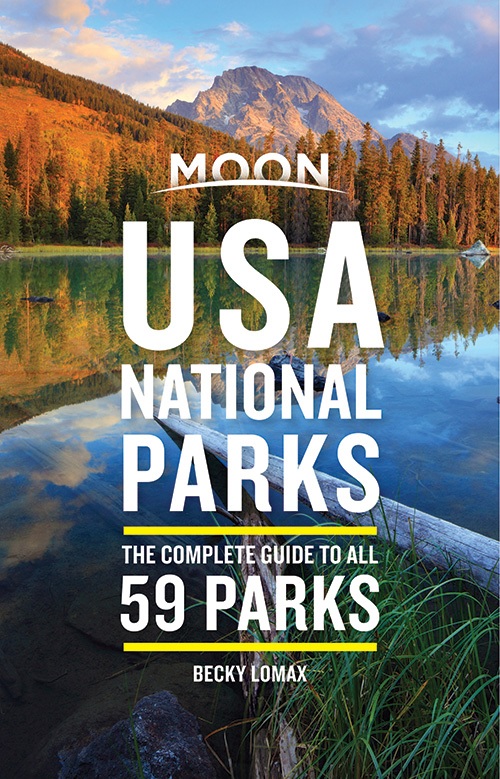 Book you've faked reading:
Book you've faked reading:
Eat Pray Love by Elizabeth Gilbert. Give me silly over whiny any day.
Book you're an evangelist for:
The Emerald Mile, by Kevin Fedarko, for weaving history, environmental awareness, politics, personalities, and nature around a crazy tale of the fastest ride down the Colorado River through the Grand Canyon.
Book that changed your life:
Annapurna: A Woman's Place by Arlene Blum. Although the first women's ascent of Nepal's Annapurna ended in tragedy, Blum inspired me with the notion that the mountains were for both sexes.
Favorite line from a book:
"Thousands of tired, nerve-shaken, over-civilized people are beginning to find out that going to the mountains is going home; that wildness is a necessity." --John Muir, Our National Parks
Book you most want to read again for the first time:
Like Water for Chocolate by Laura Esquivel for the primal connection between the magic of emotions, food, and nature incarnated in the physical world.